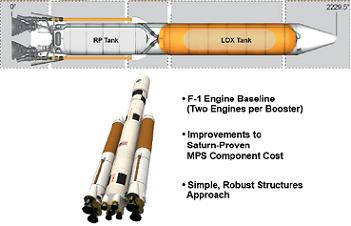SaturnV
Well-Known Member
- Joined
- Apr 5, 2016
- Messages
- 453
- Reaction score
- 0
I think that the astronauts must go to orbit in small rockets as Soyuz or Falcon or the like. And to return to single tiny capsules - Sojuz or Apolo. Also must not be more than 3 . Yet everything happens. I think the shuttle should not be closed. It is perfect for uploading and downloading cargo from orbit. Just should not be manned.Especially need a modernized Saturn V. No three-stage - two-stage for heavy loads at low orbit.
Last edited:










